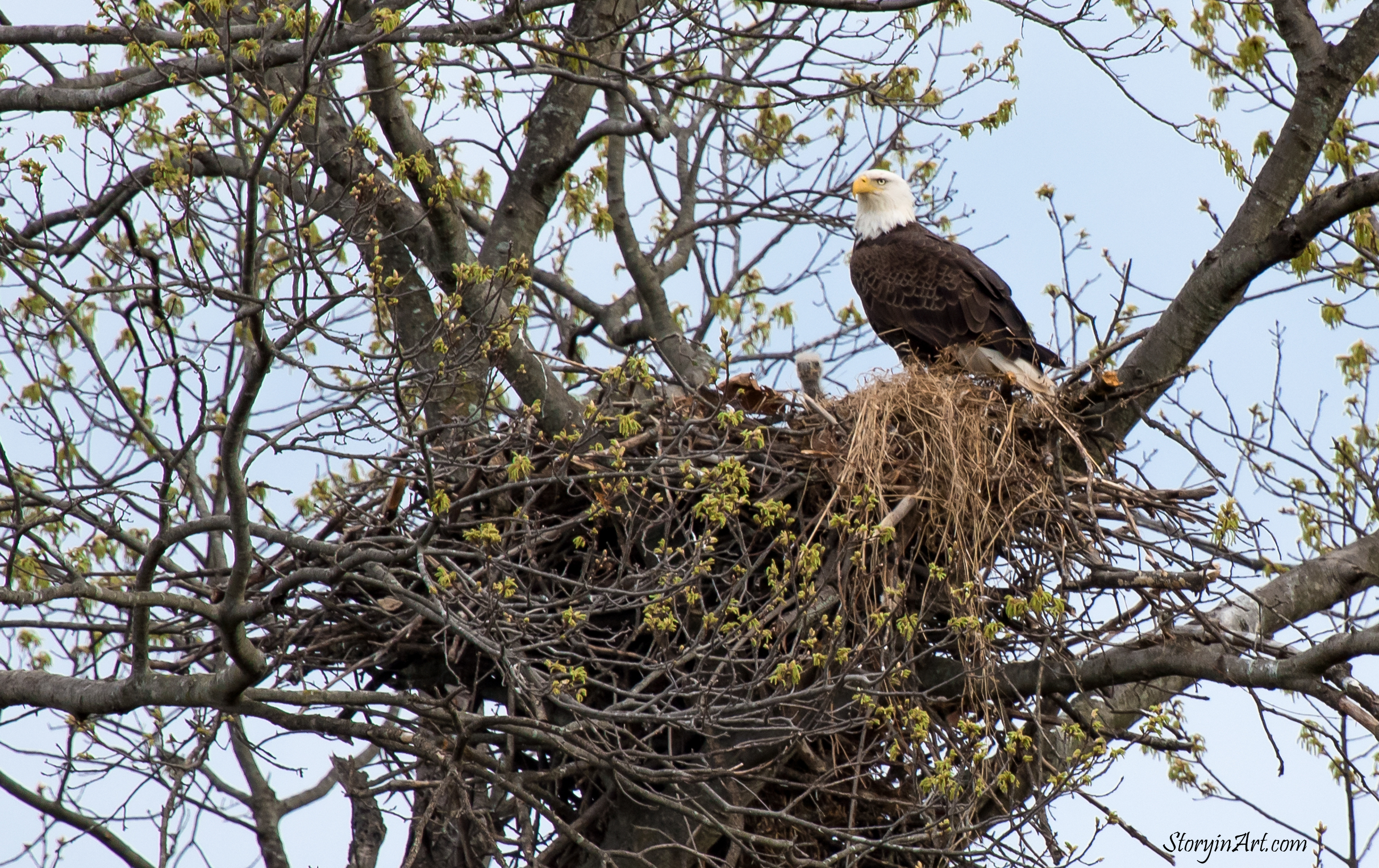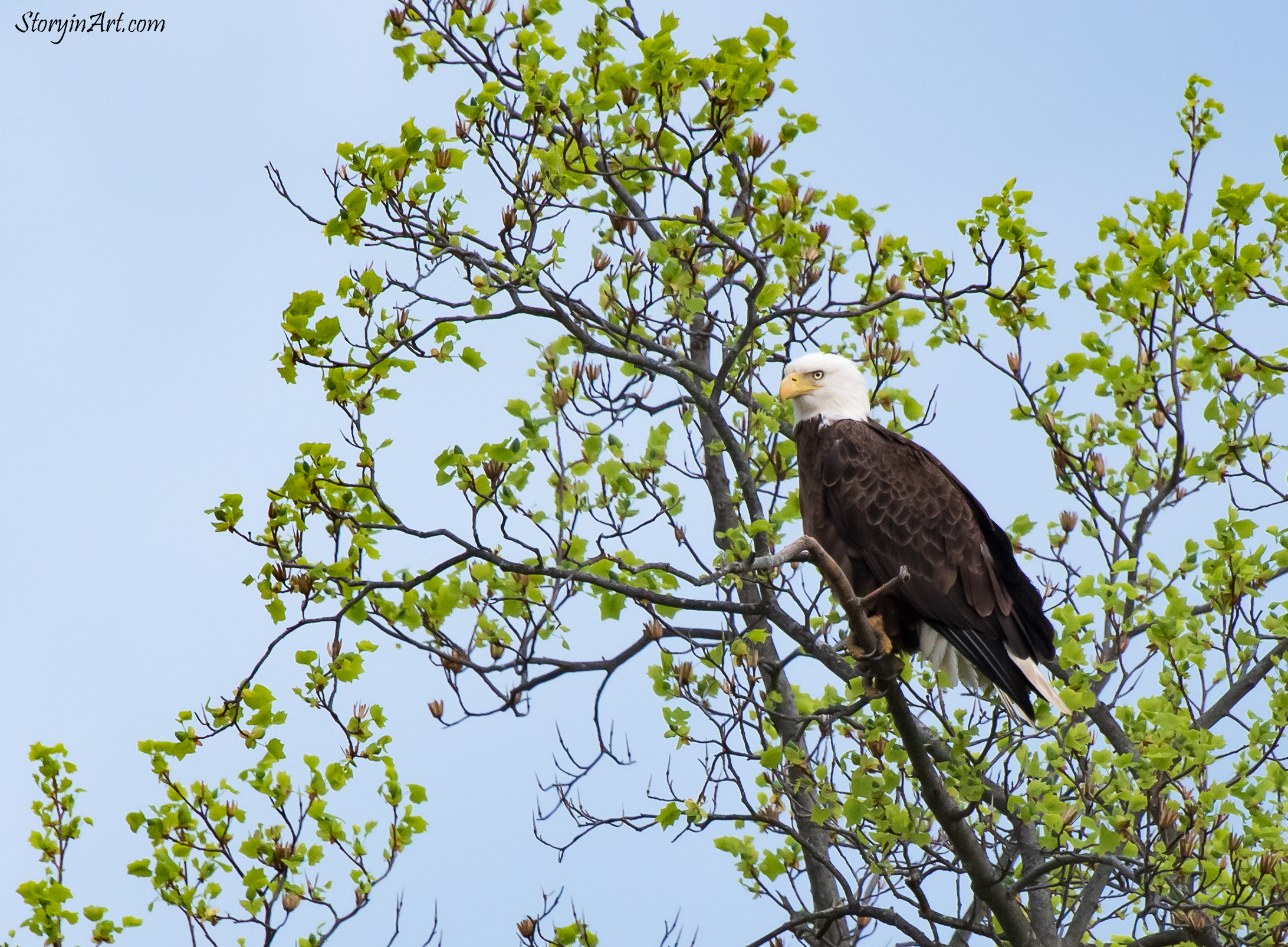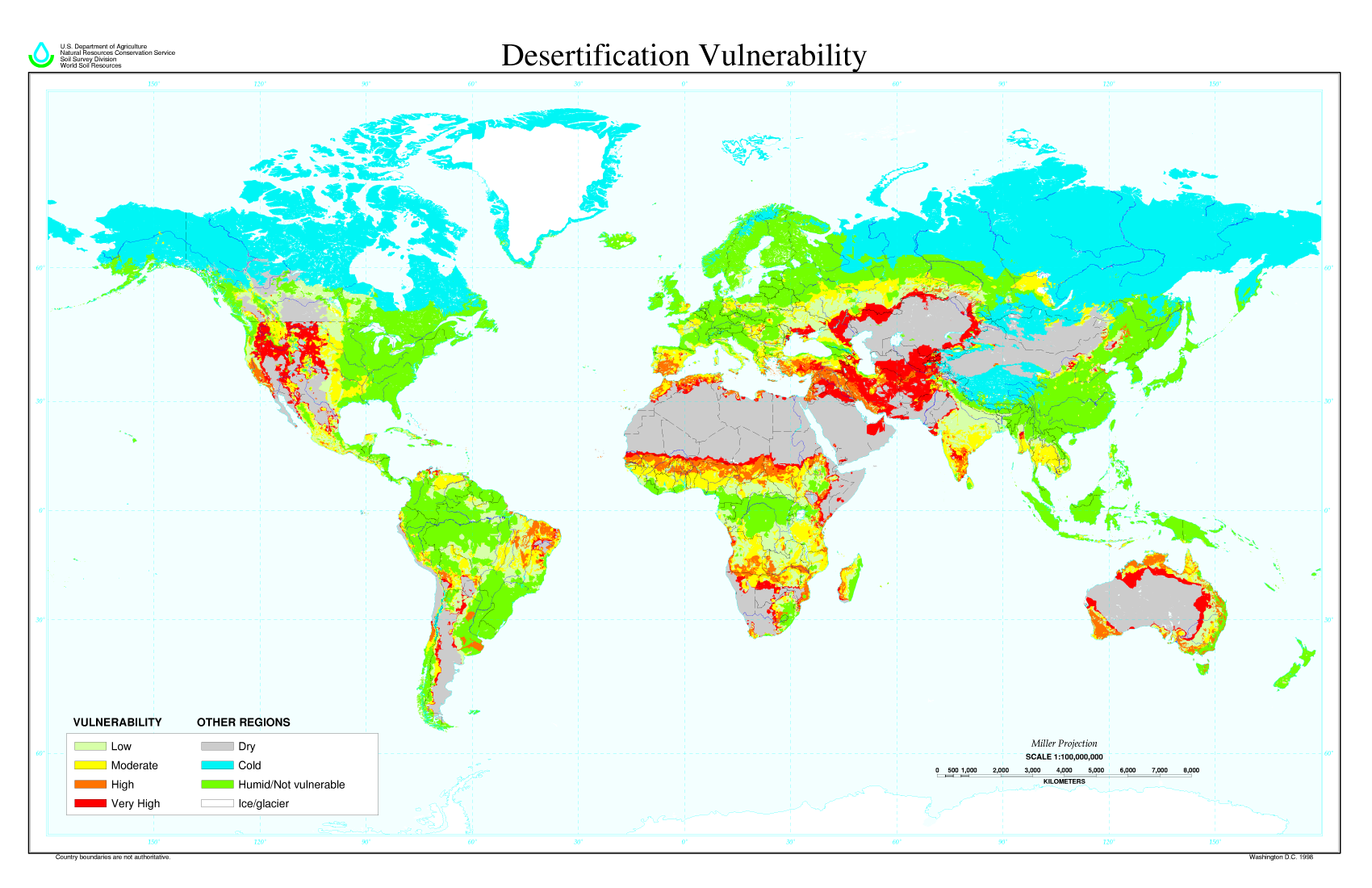Purpose:
Over the latter half of 2016, I spent a portion of my free time in nature photographing wildlife. I wanted to spur creative thinking in determining my path for the next decade. I always loved being outside in the wild. I have a great appreciation for our natural environment and find it inspirational. However, viewing wildlife through the lens gave me a deeper connection not previously experienced. In order to photograph wildlife, I needed to become like the animals knowing their behaviors and habitats. Soon I began seeing more rare wildlife all around me because I knew where and when to look.
Simultaneously, I purchased a telescope and began exploring the heavens. My love for astronomy started at a young age and my kids had an interest too. The new technology revealed details only previously attainable by high priced government telescopes. As a I gained knowledge, I began tracking weather patterns and going out on nights that provided the best seeing conditions. I also traveled to areas of low light pollution to get the best views of deep sky objects like nebula and the Milky way.
Then one day, something clicked. I was out photographing bald eagles that made a nest 15 minutes from my home. I noticed the water level of the lake near the nest was considerably lower. We were suffering from a drought that had lasted several months. I began to get concerned for the eagles and their ability to survive. I wanted to do something. But what could a single person do?
Mom and Baby

Dad Watching the Nest

Over the past decade I have monitored the climate change debate. I listened to both sides and considered the data from a scientific perspective. I will be completely frank, I was skeptical. Here we are on this rock in the middle of a huge galaxy with so many other forces at play than just humans and concrete evidence exists that climate change has been around well before the industrial age. In addition, global warming numbers were revised lower on several occasions, models were questionable, there were some contradictions (ice at northern pole was decreasing but at southern pole was increasing (NASA 2015), it appeared people where using global warming as a ponzi scheme to get rich and the list goes on. I always cared for the environment (for example the first new car I purchased was ultra low emissions and excellent fuel economy) but I wasn’t convinced we could influence the weather on a grand scale. Then I started putting pieces of the puzzle together.
Water is the most essential natural resource we have. Fresh water in the form of rain propagates inland from the oceans with wind. Research has shown that dense rain forests can increase rain 48% through evapotranspiration (moisture is transferred from land to the atmosphere through evaporation by soil and transpiration from trees) sending water vapor into the atmosphere that then condenses at the higher attitudes and forms precipitation (Salati and Vose 1984). Since energy from the sun is used in evapotranspiration, there is a local cooling effect from this process (similar to sweating) and the resulting increased cloud cover also reflects more of the sun’s energy away from earth cooling a larger area as well causing a reduction in global warming (Ban-Weiss et al. 2011). Furthermore trees have many other benefits including absorbing storm water thus reducing flooding, removing pollutants from the air (particularly carbon) and ground, acting as stream side buffers removing sediment and preventing erosion and providing habitat for 80% of wildlife that depend on them for survival. Hence trees can increase the abundance of water, reduce global warming, provide habitat for wildlife, manage water flows and reduce pollution. Here is the catch. In the last 250 years and even more so recently, deforestation as accelerated at an alarming pace. Let’s consider Australia as can example. From 1920 – 1980’s the southwest region had significant deforestation over 50% (Bradshaw 2012, Deo 2007). Over this same period a decrease in precipitation was observed of ~14% in that region (Gallant et al. 2007). Its clear deforestation stands to threaten our quality of life unless action is taken.
Desertification is another process that stands to threaten our quality of life locally and has already severely affected the lives of millions of people abroad (famine, mass starvation and unprecedented human migration). It is estimated that drylands (areas of water scarcity) occupy close to 50% of the earth’s surface and is home to one third of the global population. Desertification is the degradation of dryland ecosystems by variations in climate (natural causes) and human activities. Human activity can exacerbate desertification by over taxing an already fragile ecosystem; cutting down large areas of vegetation, importing invasive species (plants and animals), killing off top predators needed to keep prey at healthy levels), over grazing specific land areas, high water consumption, causing excess water runoff through poor landscaping practices, etc.

Likewise people can provide solutions to prevent desertification. Native wildlife, plants, grasses and trees play a major role. Let’s look at two examples in action.
I began with a question asking what impact I could have on our environment. As clearly demonstrated in the short films above, a single person can have a profound impact. So what would be my niche and how could I make an impact?
Recent research has shown that sensor technology (my core expertise in engineering) and innovative farming techniques can improve yields, taste, nutrition and preservation of food. Farms make up 40% of the US with federal land comprising an additional 30% (totaling 70%). Secondly, sensors can be used to optimize water and nutrient applications to preserve resources while simultaneously improving success rates of native plants, grasses and trees. With 50% of drylands in the US at high risk of desertification and loss of their productive value, sensor technology and human intervention can help turn this around. With one in nine or 795 million people suffering from chronic undernourishment (2014-2016, The United Nations Food and Agriculture Organization estimate), developing sustainable methods to continuously supply nutritious food and clean water can have a global impact.
So here is my vision. I would like to purchase a plot of land that is essentially void of production; something that is considered worthless, and bring it back to life using innovative techniques, sensor technology and love. This entire process will be scientifically planned, credible and documented for others to implement on a vast global scale. Essentially repeat the process of land and spring restoration, holistic farming and agroforestry yet apply a scientific rigor to the process (data measurement, analysis and optimization) that cannot be disputed. Lack of scientific method and documentation is where other innovators have received criticism and created skepticism around their good work. The end goal would be a land where humans and wildlife thrive in unity, water is conserved within the ground rather than running off or flooding, pollution and erosion are reduced, rains are more plentiful and the land can better whether natural periods of scarcity.
Here is a brief overview of our 15 year plan:
- Develop a financial road map to fund cost of project and show economic viability
- Create a public foundation that will serve has trustee for the project
- Purchase a local plot of land through the foundation (~50 acres)
- Scientifically document the condition of the land at purchase
- Develop and implement a plan to cultivate the land into a thriving, sustainable source of food and water for people yet maintaining habitat for wildlife that help cultivate and manage the land
- Obtain necessary county permits for water management and drainage on property
- Implement test beds within the property for wildlife habitat, holistic farming, agroforestry and livestock documenting both the successes and areas for improvement
- Implement a process to generate a complete water source (natural spring) on the property through control of water runoff, proper buffers, land topography, native trees, plants and grasses
- Minimize evaporation from the soil through native vegetation and proper management
- Measure data on all aspects of the process and use analysis to optimize techniques deployed
- Provide documentation and training to promote economic growth models and sustainable resource and environmental management
This is where you and StoryinArt.com can play a role. With every purchase made from StoryinArt.com, 20% of profits are directly contributed to research and development defined in this plan. In addition, these funds will go towards research and education of wildlife, forest and sea conservation, improving water management and incorporating more trees and native plants into landscapes. If you believe wildlife is a nuisance and not important both on land and in the sea to the well being of humans, take a look at these articles on the devastation China caused to their crops by wiping out the sparrow here and how sharks are vital to keep our oceans healthy here. A recent study estimates that 100 million sharks are killed each year (Worm et al. 2013). Not only are you bringing nature into your home through beautiful art, but you are helping to preserve this amazing land, sea and wildlife for future generations. Equally important, seasonal temperatures should begin to stabilize through evapotranspiration slowing the warming trend at least locally within the US. It’s now clear why our standard product offering requires wood from PEFC certified sources to ensure forests are managed sustainably and forest products are produced with the highest ecological, social and ethical standards. In the future we also hope to offer non-frame options (face mounted).
Imagine a land where rain is abundant, beautiful forests abound, wildlife flourishes, our seas are healthy and water and food are plentiful so no mouth goes unfed! This gets me excited and allows me to combine my passions of art, nature and science to make a substantial difference for humanity. Will you join me on this journey? If so, click here and bring stunning beauty into your home.
The Artist / Scientist:
Hi, I’m David DiPaola. StoryinArt.com has been a lifetime in the making. Ever since a young age, art has been a part of my life. My earliest memories are drawing horses from the numerous Arabian horse magazines my mom had on the coffee table. At first she thought I traced the images but she quickly learned I had a unique gift. In elementary school, I really struggled early on but the bright spot on every report card was “O” for outstanding in art. In middle and high school, I took every art class I could experimenting with various compositions, techniques and media. In my senior year, I took advanced placement art and scored a perfect score on my portfolio centered around wildlife. My art teacher said I could go to any art school in the country but I felt my creativity as an artist was drained from the intense effort I dedicated to the craft. So instead, I decided to purse a career as an engineer where I merged my skills in math, science and art to design products.
In the first few years of college, the grueling curriculum of engineering limited my art creations to only a few I made as gifts. Then in my senior year, I needed a humanities class that was minimal work. I decided to take a figure drawing class because work was limited to the class room (i.e. no home work). My plan worked and I was able to boost my grade point average as well.
In the 20 years after college I pursued a career in engineering and leadership. I was still being creative but now in the design of products and leading teams. My creativity and attention to detail set me apart as an engineer and leader which culminated in leading a successful small business as an engineering consultant and then becoming an executive leading global R&D for a large technology company. During this time, I only did one piece of art; a portrait of my wife as a Christmas gift the first year we were dating. However, along this journey I purchased a video camera and began capturing some of my travel adventures on film. On one adventure I saw the northern lights in Alaska. It was absolutely breathtaking. This started my passion for digital media.
After leaving the corporate world, I went back to consulting and purchased a higher end DSLR camera to record vlogs for my consulting business. My wife was into photography and the DSLR cameras have good low light performance (i.e. good for northern lights and astrophotography). Simultaneously, my wife had been encouraging me to get a hobby for some time. She saw that I poured all my energy into raising our daughters, being a husband and my profession and left no time for myself. So on our next vacation I brought the new camera and started taking photographs of the exotic animals in the safari park we visited. Instantly I was hooked.
Shortly after we returned from our trip, I decided to join a local photography club and enter their year end competition. I quickly learned this was no ordinary club and the photography was outstanding. My photos were good but simply not competition worthy. I wanted to improve so I surrounded myself with really great photographers and learned from the best. The years I spent in fine arts helped me advance quickly. I already new the essential piece of captivating the soul through the story told by a well composed work of art. Soon I began winning awards and people were asking me for my work and the story behind it. This led to the creation of StoryinArt.com my latest business venture. As you will see from the photographs, it is centered around the stunning beauty of nature, wildlife, landscapes, architecture and astrophotography.
